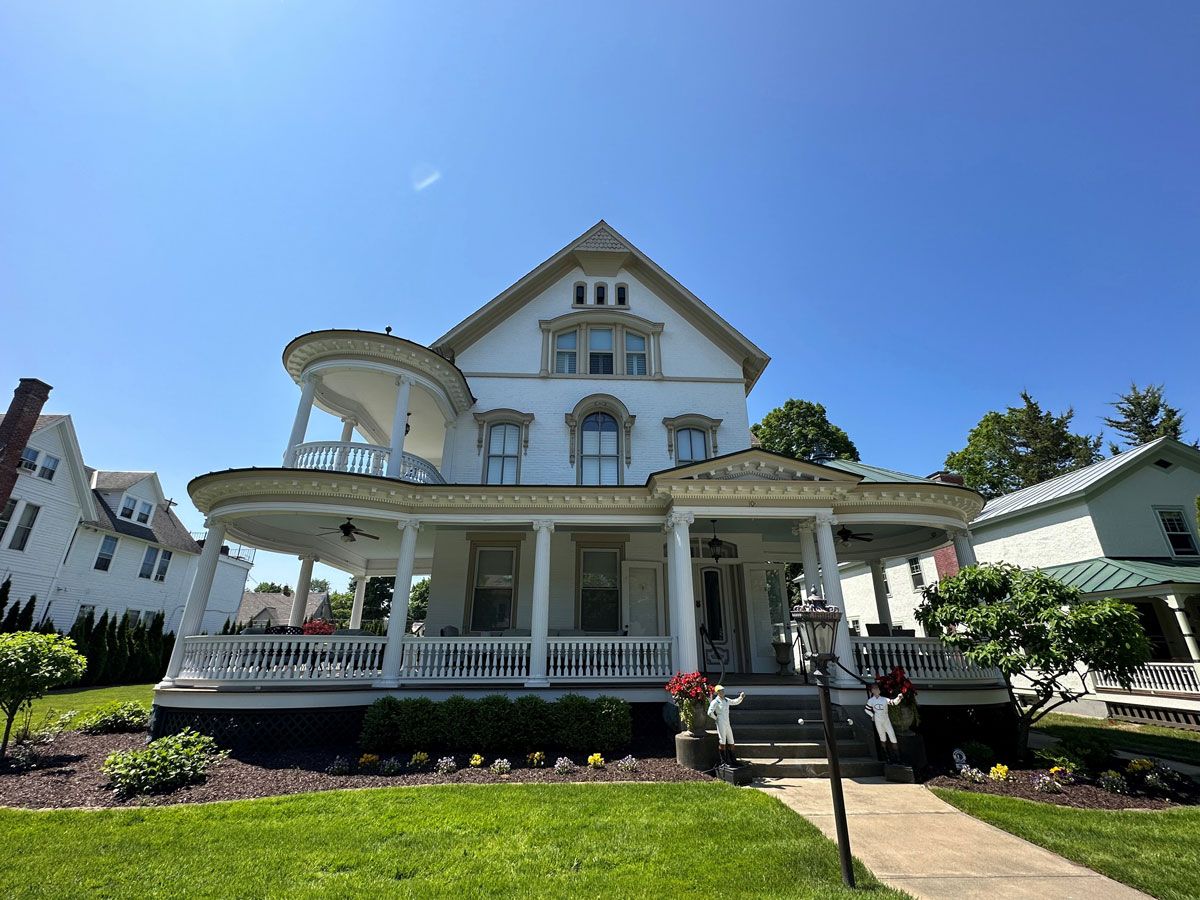
PRESERVING SARATOGA
- 1870 Huldah & Deyoe Lohnas House -
WRITTEN by Samantha Bosshart, Saratoga Springs Preservation Foundation
Photos provided by Saratoga Springs Preservation Foundation (unless Noted)
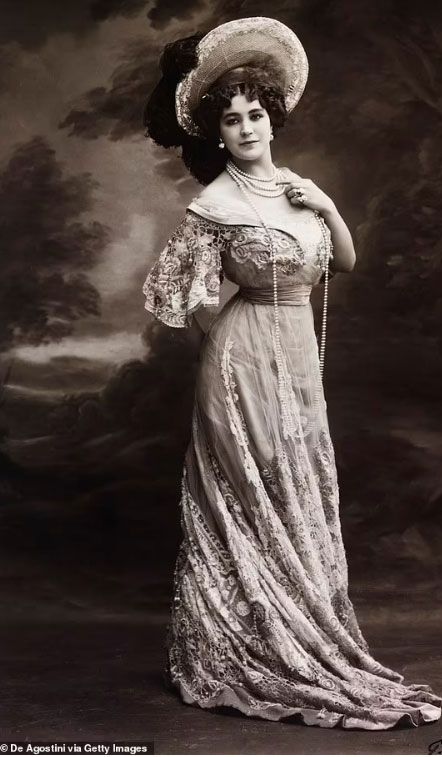
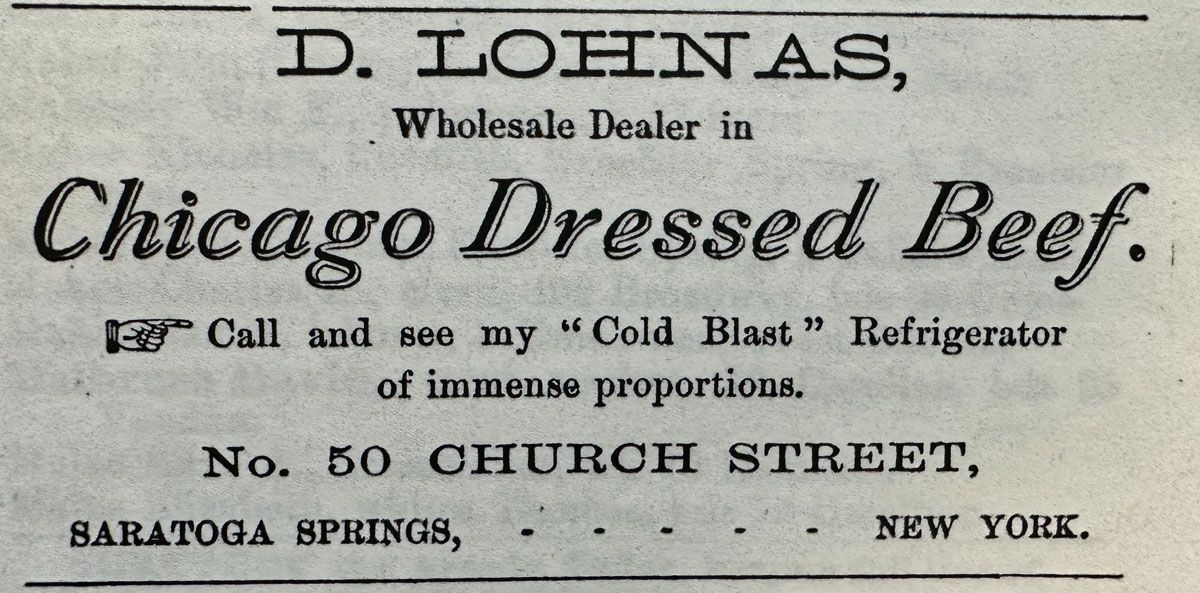

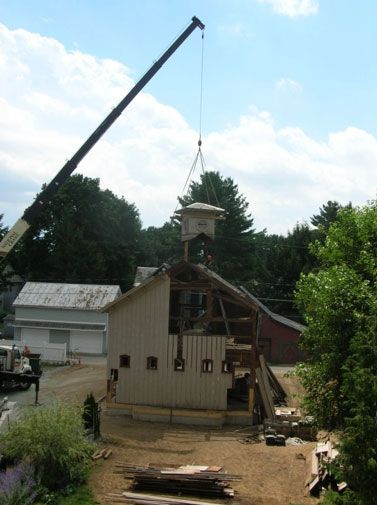
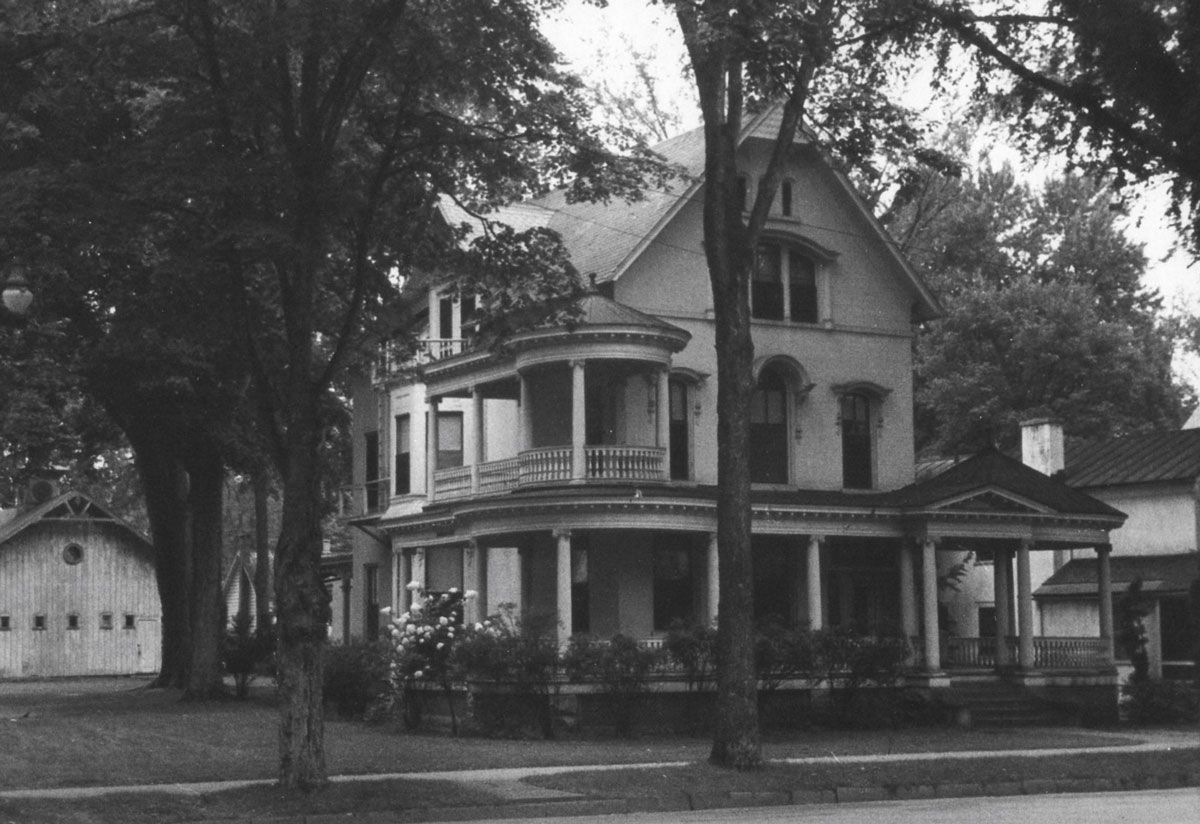
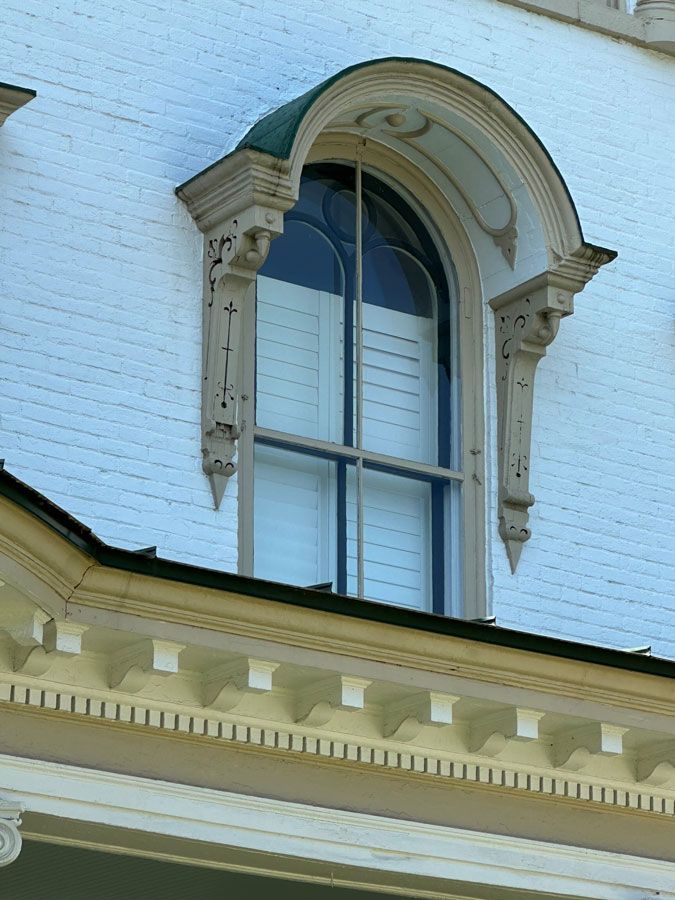
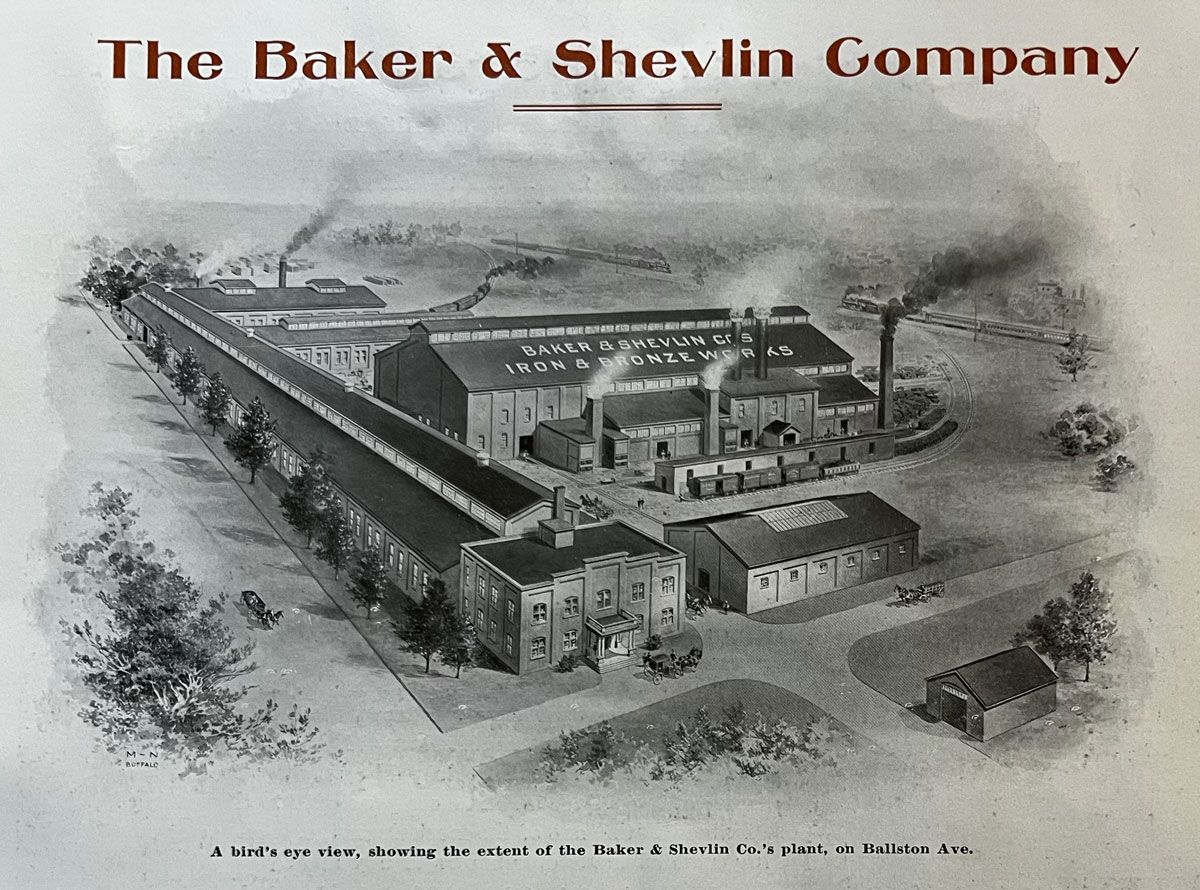
In 1869, Leonard Farr purchased a vacant lot on Union Avenue, the portion of Congress Street that after the Civil War was renamed in commemoration of the Union Army, and immediately granted it to his daughter, Huldah Lohnas. Huldah and her husband Deyoe, owned a grocery store on Church Street. He was noted for being the first person to establish a dressed beef cooler and refrigerator.
In 1870, the Lohnases built a large house in the Italianate style. According to the 1875 New York State Census, Huldah and Deyoe lived in the house with their two daughters, Nellie and Harriet; Huldah’s parents, Leonard and Amanda Farr; and two servants, a 40-year-old Irish woman and a 24-year-old man who was listed as a laborer and recorded as a former slave.
In 1876, Deyoe was elected the Village president and the following year the Lohnas’ sold 104 Union Avenue. In 1917, the Business Men’s Association hosted a dinner in honor of Deyoe’s 81st birthday. Deyoe gave a speech about how Saratoga Springs had changed over the years. He recalled, “Since 1866 Broadway has been practically rebuilt. All the large hotels except the Union have been burned and reconstructed, and all the old wooden business blocks have been replaced by modern structures. The town has grown from a small village into a city.” Deyoe passed away in 1926.
Judge Charles Smith Lester acquired the house from Deyoe. He and his wife Lucy and their children resided in the house until 1883 when he sold the property to Emelina and Mira Rood.
In 1886, Harvey Leonard of Oberlin, Ohio, bought the property and lived there with his wife, Helen. By 1910, Leonard encountered financial troubles. Miriam Leslie acquired the property after foreclosing on three mortgages she gave to the Leonard family.
Miriam met Frank Leslie, a publisher who was best known for “Frank Leslie’s Illustrated Newspaper,” when her second husband, Ephraim Squires, was the editor of Frank’s “Lady Magazine.” When Empraim fell ill, she permanently took over as editor. In 1873, she divorced her ill husband and shortly thereafter married Frank. Frank and Miriam summered in Saratoga Springs and entertained many guests at their residence, Interlaken, on Saratoga Lake. In 1877, Miriam and Frank took a lavish train trip from New York to San Francisco. Miriam wrote “A Pleasure Trip from Gotham to the Golden Gate,” a book about their luxurious train excursion with colorful source of vignettes of western life—its Indians, scouts, and miners. Between the expense of the lavish trip and the effects of the economic depression of the 1870s, Frank's business was badly in debt. Upon his death in 1880, Frank left Miriam in a pile of lawsuits and with $300,000 of debt (today’s equivalent of nearly $9 million). Miriam legally changed her name to Frank Leslie, took over the publishing company, and rescued it from bankruptcy, which earned her the nickname “Empress of Journalism.” She later married and divorced Willie Wilde, the older brother of playwright Oscar Wilde.
Mrs. Frank Leslie owned 104 Union Avenue for only one year and the house was listed as vacant. In 1914, she passed away and left $130,000 to be divided among family and friends. She left her remaining $2 million estate to the women’s suffrage movement, one of the largest gifts to the movement. This was a surprise because she was never a visible supporter of the women’s right to vote. Her will was contested by many for years. Ultimately, the suffragists received $1 million towards their cause.
In 1911, George and Margaret Shevlin moved into the residence with their three children and Margaret’s sister, Mary Foley. George was the owner of the Baker and Shevlin Company, a large foundry and machine works on Ballston Avenue. On May 9, 1911, The Saratogian announced George Shevlin’s purchase of the property and that he planned to “extensively improve” it. On August 8, 1911, The Saratogian reported “George F. Shevlin has a force of workmen making extensive changes … the old gable has been removed and a broad piazza built around the house.”
Unfortunately, the Baker and Shevlin Company went bankrupt in 1917. Shevlin transferred the property to his sister-in-law Mary. However, the trustee for the bankruptcy successfully acquired the property after it was proven that Shevlin had transferred the property to Mary to shield the asset from his creditors.
In 1917, Bertha Schwabe acquired 104 Union Avenue. Her husband, Max, had extensive glove knowledge and was the manager of the local Clark Textile. During a strike at the mill, Max “flourished a revolver” while he tried to break up a fight between strikers and Clark Textile employees, according to the July 23, 1919, The Saratogian. Although no one was hurt, the strikers went to court to get Max’s permit to carry a revolver revoked. They were only partially successful. The July 26, 1919, Schenectady Gazette, reported that after a “lengthy hearing,” Max’s license was revoked, but was issued a different license that “limited the use of the revolver to his own home or when he was taking the company’s payroll from the bank.”
Mac Finn, proprietor of Mac Finn Drug Company at 396 Broadway, and his wife Mary purchased 104 Union Avenue on August 10, 1929, just a few months before the stock market crashed. However, they never lived there. They rented it out to others, including Wallace F. MacNaughton, a physician who lived and operated MacNaughton Sanatorium at the residence. In 1941, Mac Finn transferred 104 Union Avenue and several properties on Broadway to James A. Leary, Finn’s business partner, in return for canceling promissory notes in excess of $300,000.
In 1944, Skidmore College acquired 104 Union Avenue and for 30 years it was known as the Kimball House, a dormitory. Upon Skidmore College relocating to its North Broadway campus, Verrazzano College acquired the building in 1972. Shortly after, Verrazzano College declared bankruptcy.
In 1977, it was returned to a single-family residence by Shelley D. Corwin. Three years later, Alexander and Phyllis Aldrich purchased the property where they raised their children. Alexander “Sam” Aldrich was an attorney who chose public service and was a civil rights advocate who marched with Martin Luther King in Selma, Alabama. He was the first director of the Hudson River Valley Commission and later the commissioner of the New York State Office of Parks, Recreation and Historic Preservation. Later in life, he served as the attorney for the City of Saratoga Springs, SPAC, and Yaddo. His wife Phyllis was an educator who was committed to establishing and advocating programs for gifted children. She established programs in 31 school districts and enrichment programs that benefitted over 2,000 students.
In 1997, the Aldrichs sold the house to Stephan A. Jenkins and Katherine Malaga. In 2007, Richard and Leslie Ryall acquired the property and did an extensive rehabilitation of the deteriorated carriage house that was being used as a single-car garage. In 2010, the Ryalls lifted the building and temporarily moved it to allow for excavation of a new foundation to be constructed to adaptively reuse it as a three-bedroom guest house.
In 2018, Zane and Brady Carruth, of Houston, Texas acquired the property. To learn more about Zane and Brady and their ownership of the property see Architecturally Speaking, page 93. Their home was recently featured on the Saratoga Springs Preservation Foundation’s Historic Homes Tour and hosted the annual Porch Party in June